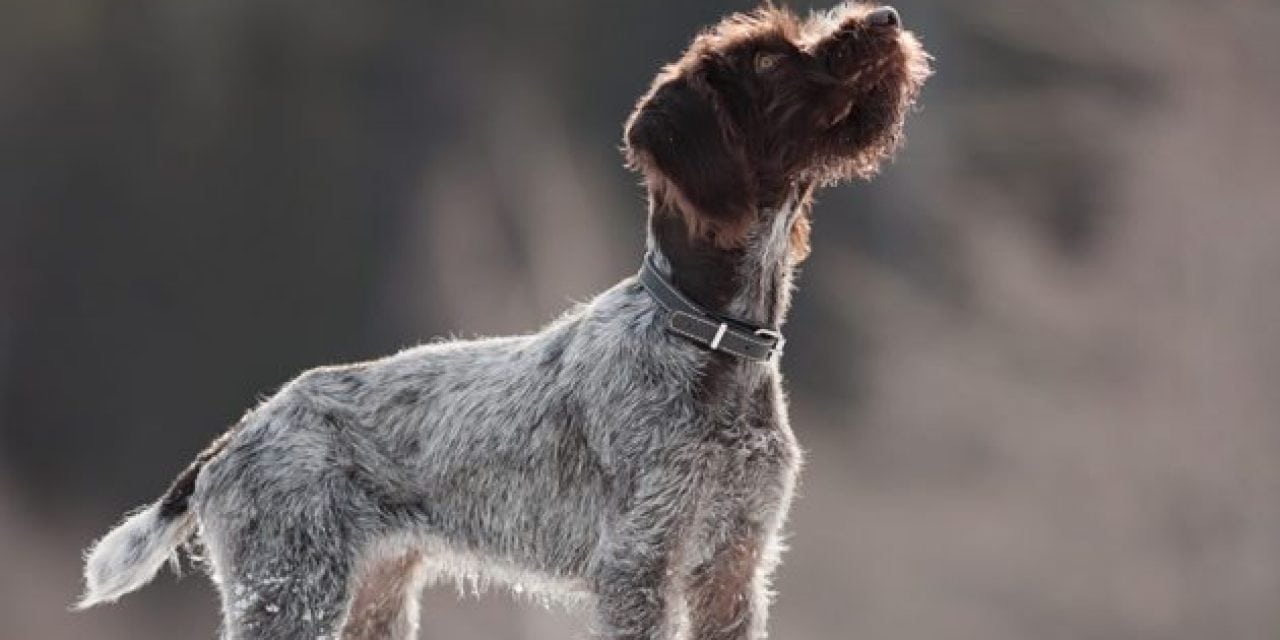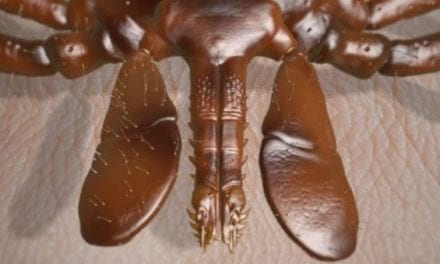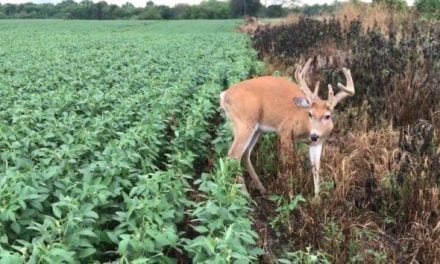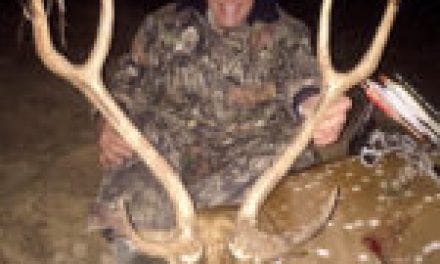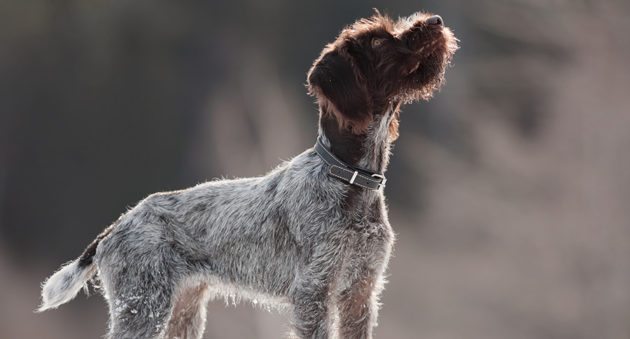
Your dog’s nose is an incredible masterpiece. Understanding how that powerful nose works may give you some insights into working with your tracking dog.
A story I recently heard had me scratching my head. It goes like this:
A couple of guys were out fox hunting. They were standing on top of a hill watching their walker coonhounds trail a red fox down in the valley. They noticed as the fox changed his pace so did the dogs in the same spots. If the fox slowed down in one place so did the dogs.
But that’s not all they noticed.
The fox, still a good bit ahead of the dogs, paused and hopped on top of a stump. He rolled over on his back and licked all four feet. The fox then jumped off the other side of the stump and ran off.
When the dogs got to the stump they sniffed all around but had lost the trail.
So what happened?
Well, to answer that question, I dug into how a dog’s nose actually works.
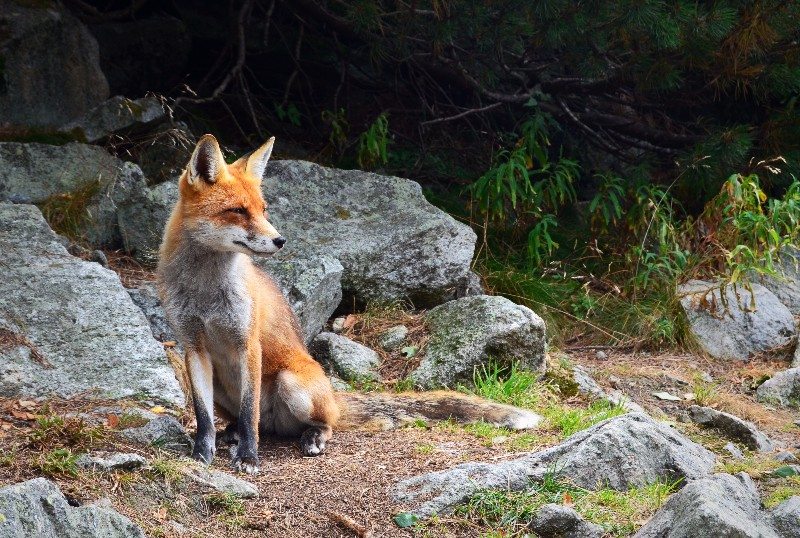
That Spectacular Sniffer
We know dogs are better sniffers than we are, but experts estimate they can smell 10,000 to 100,000 times better than us! To put those numbers in perspective here’s a quote from Horowitz, a dog-cognition researcher at Barnard College, from her book “Inside of a Dog“:
“we might notice if our coffee has had a teaspoon of sugar added to it, a dog could detect a teaspoon of sugar in a million gallons of water, or two Olympic-sized pools worth.”
But to achieve that level of sniffing prowess requires some specialized equipment. So let’s start on the outside, look close at your dog’s nose. See the little fold of tissue just inside their nose that curls under?
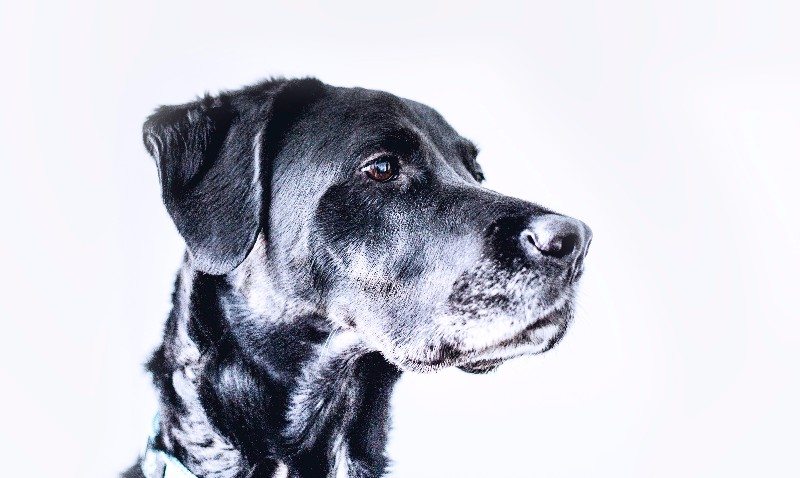
Besides being adorable, it helps split the incoming air that they breathe into different chambers. This way some air is for breathing and some is specially taken aside for smelling.
That scent-laden air travels along the long, mucous-lined interior of the dog’s nose, passing up to 300 million scent receptors.
The signals from those receptors then travel to the dogs brain to be interpreted into meaningful information for the dog. It doesn’t help to just be able to pick up a ton of smells if you can’t distinguish one from another.
For this reason the part of a dog’s brain that deals with scent is about 40 times larger than a humans!
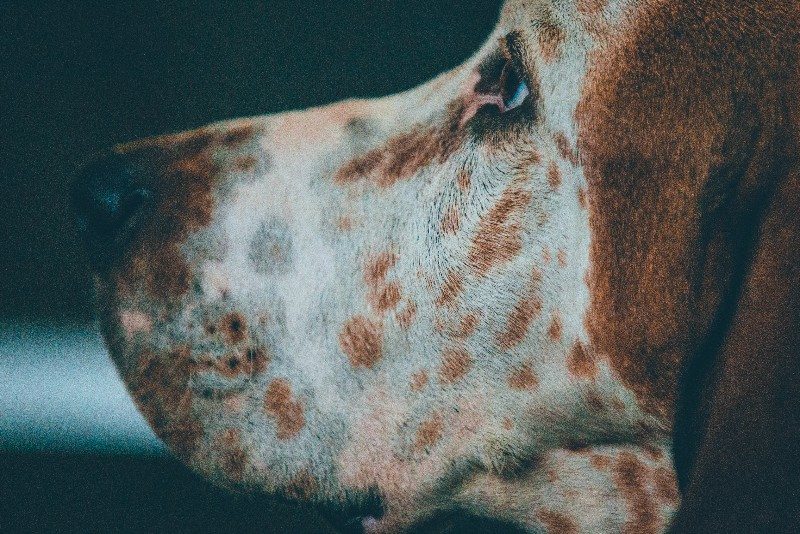
More Than Just Extra Receptors
It doesn’t end there! Dogs don’t just breathe that air back out all willy-nilly. Those little flaps on their nose also allow them to exhale that already sniffed air out the side of their nostrils.
This allows the dog to breathe in new smells while breathing out the old continuously. In fact, the air pushing out the sides of their nostrils actually swirls in such a way that it helps pull new smells into their nose!

If that wasn’t impressive enough, they can also control each nostril independently. This helps them determine which direction a smell is coming from.
And if you still aren’t looking at your pups nose in awe, they also have an entirely separate second sniffing system that is dedicated exclusively to pheromones.
This system is headed by the Jacobson’s organ, which is located in the bottom of your dogs nose. It has its own set of nerves leading to the brain so a dog never gets its smells mixed up!
One Sly Fox
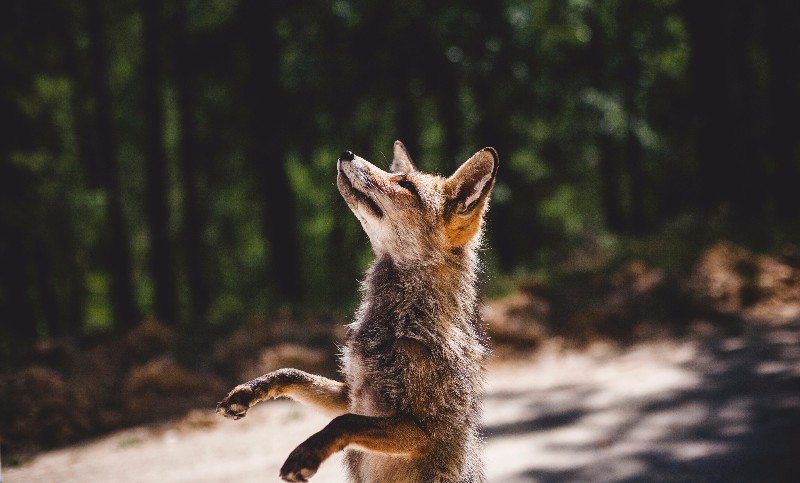
So…all that power and a couple of fox licks had a whole pack scratching their heads? How is that possible?
First of all, foxes have scent glands on their feet. These scent glands produce an acidic compound that they use to mark territory.
Saliva, on the other hand, tends to be more alkaline, and has some antibacterial properties.
Simply combine the two and the result is a changed, more neutral molecule. Which to a dog’s nose means the fox disappeared and something different suddenly appeared! A sly fox indeed!
I wonder if the dogs had seen it, would they have been able to learn the fox’s trick? Could they associate this new smell with the fox and catch him the next time?
With any luck understanding your dog’s nose may help you find ways to teach your old dogs new tricks.
NEXT: WATCH
The post Fox Licks and Dog Tricks: Understanding Your Dog’s Nose appeared first on Wide Open Spaces.

